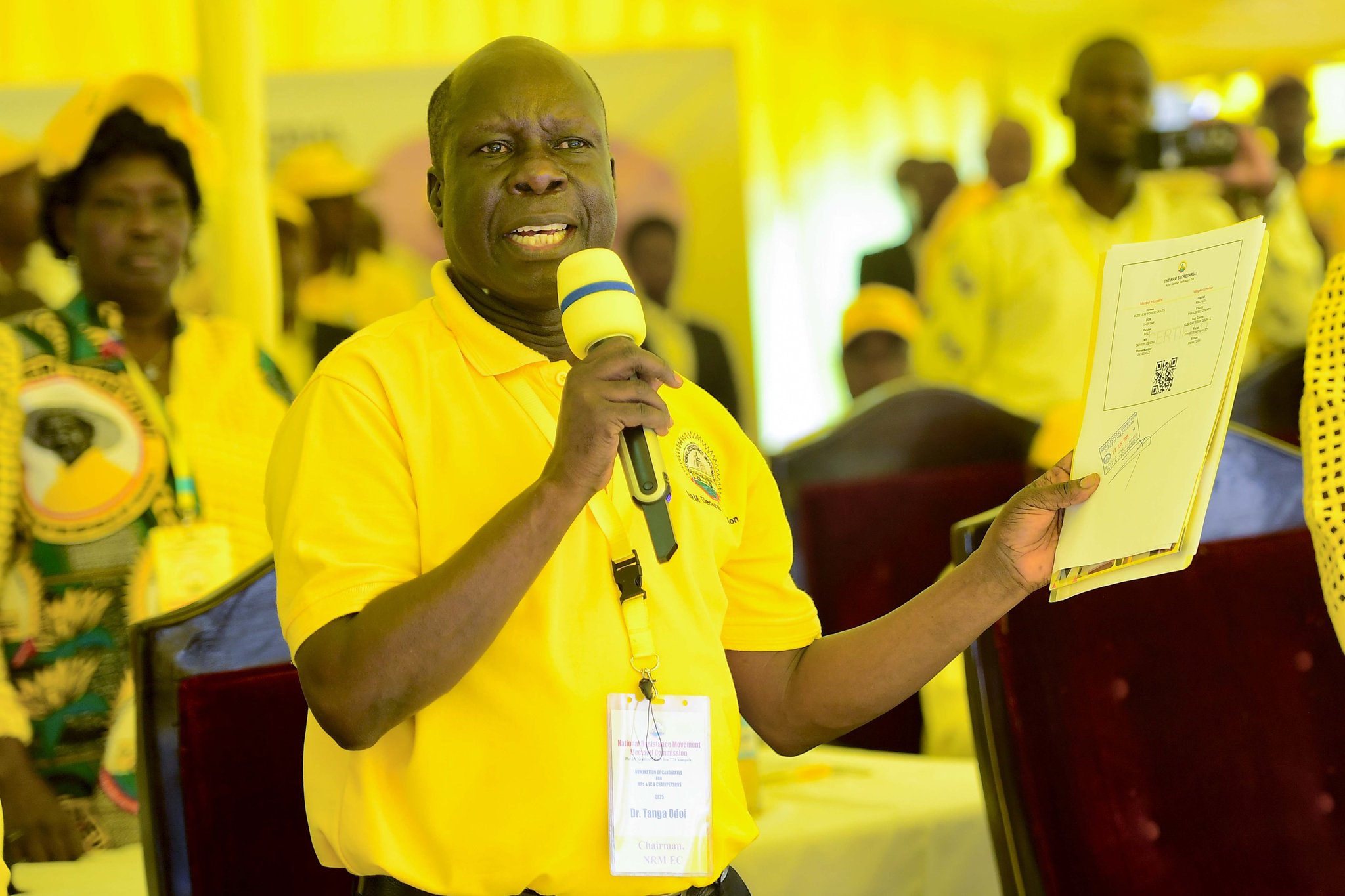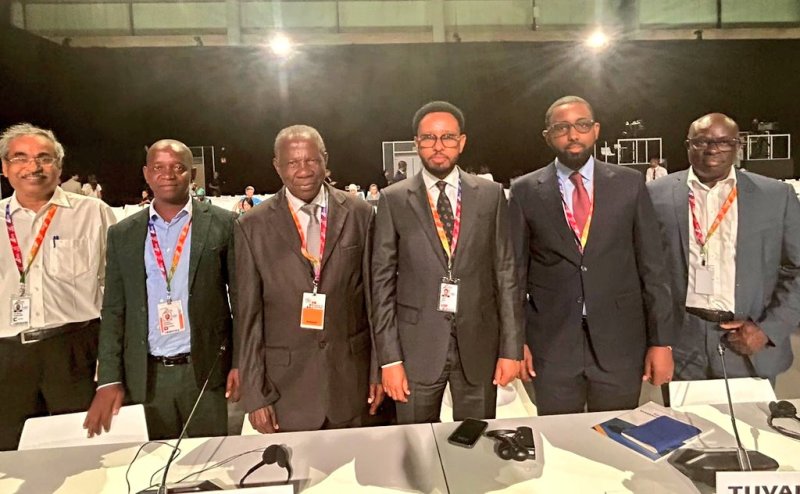EACOP protests, are they genuine or paid pawn games?
These EACOP protests, while seemingly rooted in environmental activism, have increasingly raised eyebrows due to the nature and demeanor of those involved.

In the past year, the streets of Uganda have witnessed a surge in protests against the East African Crude Oil Pipeline (EACOP).
These EACOP protests, while seemingly rooted in environmental activism, have increasingly raised eyebrows due to the nature and demeanor of those involved.
Many of these so-called “activists” appear more like unemployed youths than serious environmentalists, casting doubt on the authenticity of their cause.
Since the EACOP protests began in 2023, there has been a noticeable trend in the profiles of those who turn up to demonstrate.
The stereotypical image of a passionate, well-informed climate activist has been replaced by a crowd that often looks shabby and disorganized. This has led to growing speculation that these protests may be less about genuine environmental concern and more about financial incentives.
A Closer Look at the Protestors
Many of the individuals seen on the streets appear to lack the knowledge and commitment typically associated with environmental activism. Their behavior often seems more like that of hired hands than of people genuinely invested in the cause of the EACOP protests.
They are often young, jobless, and appear unengaged with the issues at hand. Some are even schoolchildren who likely do not grasp the complex environmental and economic implications of the EACOP project.
This raises a crucial question: If these EACOP protests are genuinely about protecting the environment, why are they being led by people who seem to have little understanding or passion for the issue?
It is difficult to ignore the possibility that these individuals are being funded by external entities with their own agendas.
The notion that these EACOP protests are financially motivated is not unfounded. The world of activism is not immune to the influence of money, and it is possible that external actors are capitalizing on the vulnerability of unemployed youths to fuel their anti-EACOP agenda.
In Uganda, where unemployment rates among the youth are alarmingly high, it is not difficult to imagine how easily young people could be swayed by the promise of financial gain.
Funding for protests is not a new phenomenon. Throughout history, various movements have been manipulated by those with deep pockets to further their own interests.
The case of the EACOP protests could be another example of this. By paying individuals to take to the streets, those opposing the pipeline can create the illusion of widespread public dissent, even if the reality is far from it.
The Misuse of Children in Protests
Perhaps the most troubling aspect of these protests is the involvement of schoolchildren. In several instances, young students, some as young as primary school age, have been seen carrying placards and chanting slogans against EACOP.
While the sight of children engaging in activism might seem heart-warming at first glance, it is important to question whether these children truly understand what they are protesting.
The use of children in such protests is not only unethical but also highlights the potential manipulation at play. These children, who should be focused on their education, are being used as tools in a campaign they likely do not comprehend.
This further fuels the argument that the protests are less about genuine concern for the environment and more about pushing a certain narrative.
While it is important to acknowledge the potential environmental impacts of the EACOP project, it is equally crucial to scrutinize the motives behind these protests.
Genuine activism should be driven by informed individuals who are passionate about the cause they are fighting for, not by those who are lured by the promise of money.
The involvement of disorganized, seemingly uninterested individuals and the use of schoolchildren as protestors raise serious questions about the legitimacy of the anti-EACOP movement.
If these protests are truly about environmental protection, then why do they so often seem like a poorly organized charade?
It is time for Ugandans to critically examine the nature of these protests. Are we witnessing a genuine grassroots movement, or are we being deceived by a well-funded campaign designed to manipulate public opinion?
The answer may lie in the character of those on the frontlines of these protests – individuals who, rather than being driven by a desire to save the environment, appear to be motivated by something else entirely.







